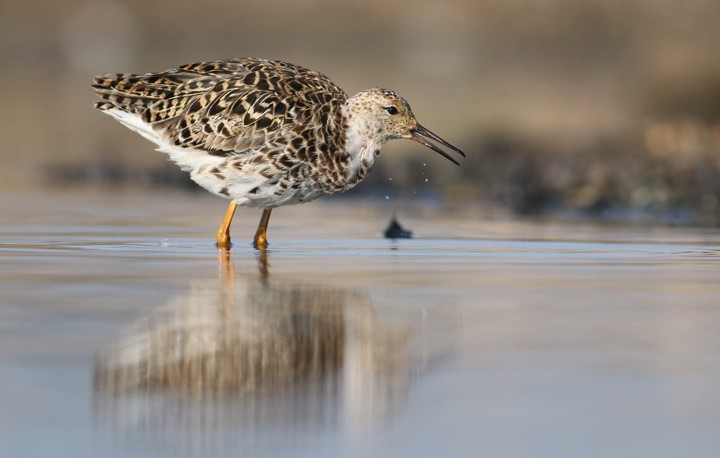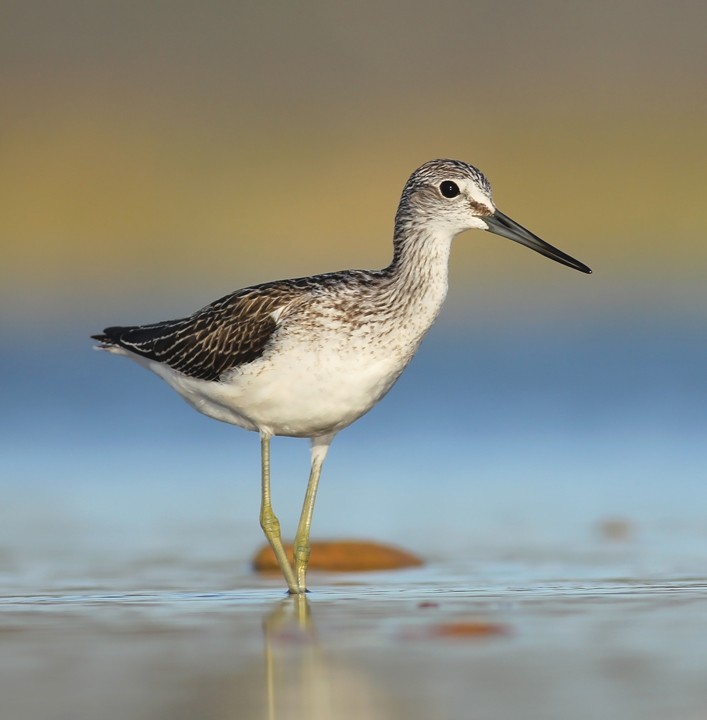Description
Ormož lake was created by damming river Drava for hydroelectricity production purposes in neighbouring Croatia. The lake itself is cut in half by the border between the two countries. Ormož basins were previously used as storage tanks for wastewater from the sugar factory in Ormož. Large concentrations of nutrients led to an abundance of food – the abandoned pools therefore became an important location for many nesting and migratory endangered bird species.
Details
Access
You can get to the lake and basins either by train or intercity bus. Both stations are situated in Ormož and are fairly close. From the train station you head towards river Drava on the road in direction of the stream. After about a 10 minute walk you reach the embankment (on your right), from where you can observe the lake. If you want to reach the Ormož basins, you have to leave the embankment by crossing one of several footbridges. You continue your way on the dirt road, which turns left, leading to the basins. Here you have to be especially careful not to harass birds. On your visit therefore please stay on the dirt road. Do not walk among pools and on embankments! The visit of the lake and the lagoons will take you a whole day.
Terrain and Habitat
Wetland , River , Mud flats , ReedbedsConditions
FlatCircular trail
NoIs a telescope useful?
YesGood birding season
All year round , Winter , Spring , AutumnBest time to visit
Autumn migration , Spring migrationRoute
Unpaved road , Wide pathDifficulty walking trail
EasyAccessible by
Foot , Bicycle , CarBirdwatching hide / platform
YesExtra info
Lake Ormož and basins are a very important for birds. In winter you can observe the Blisgås , Sædgås and Grågås here. Many duck species, great flocks of Blishøne and Havørn. Winter is also a time when the Hvinand and Lille Skallesluger frequently occur. Reeds growing at the beginning of the lake are a nesting place for several species of warblers and Dværghejre in the summer. Numerous species of gulls can be found on the lake. Occasionally rare gull species can be seen.
In spring, summer and autumn the Ormož basins are a place where you can observe different waders such as the Rødben and Sortklire, and (even!) Damklire, Hvidklire, Stor Kobbersneppe and Stor Præstekrave. In time of migration various species of waders and dabbling ducks are present in the area. Water pools are a nesting place for Fjordterne, Hættemåge and Stylteløber. The Hvidøjet And, a species of global environmental concern, nests here as well. Singing of Vandrikse can often be heard from the reeds in summer months, and with some luck we can also hear the Lille Rørvagtel and Plettet Rørvagtel. In the warm half of the year we can observe the Rørhøg (which also nests here) and in winter time the Blå Kærhøg often glides over the reeds.


